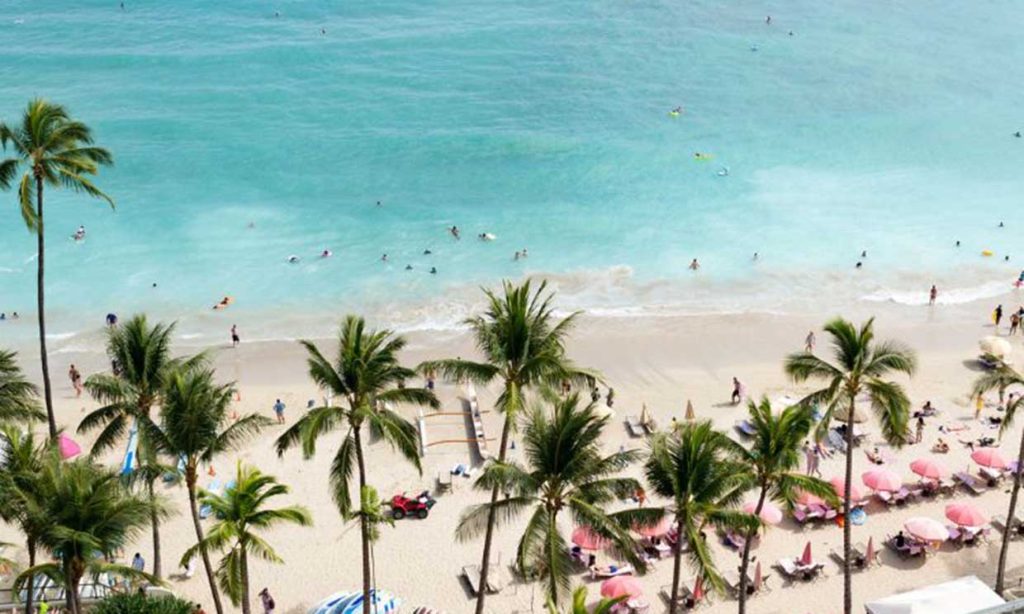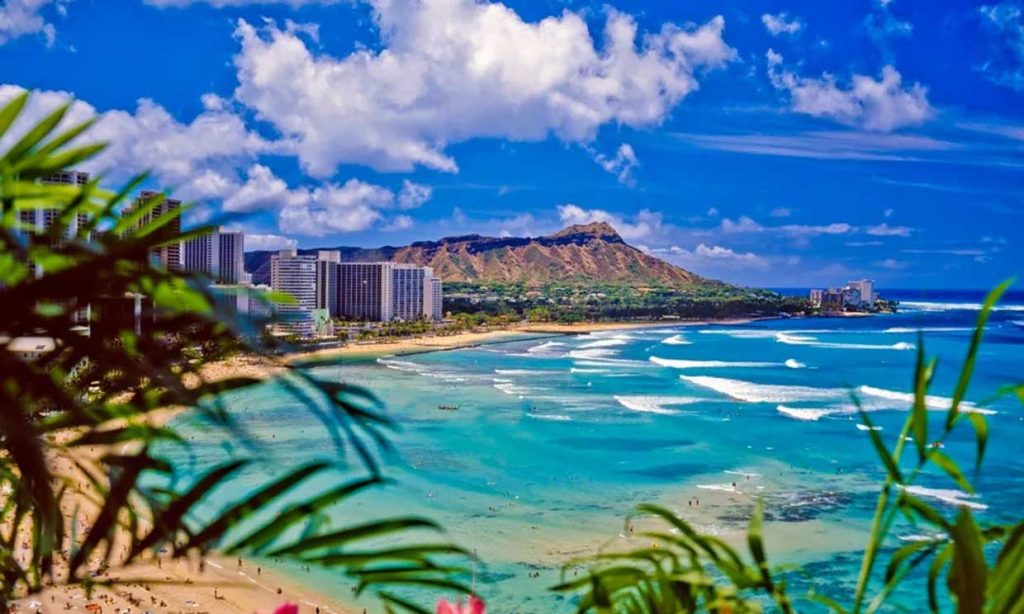When planning a dream vacation to Hawaii, you’re likely picturing pristine beaches, lush jungles, and breathtaking volcanic landscapes. While the thought of needing travel insurance might not be as glamorous, it’s a vital part of ensuring your trip goes smoothly.
1. Why You Need Travel Insurance for Hawaii
Hawaii might be part of the United States, but that doesn’t mean you should skip travel insurance. Here’s why it’s essential:
A Tropical Paradise Comes with Risks
Hawaii’s stunning natural environment is part of its allure, but it also presents risks. Whether you’re hiking the rugged Na Pali Coast, surfing at Waikiki, or driving the winding Road to Hana, accidents can happen. Travel insurance ensures you’re covered in case of medical emergencies or unexpected mishaps.
Unpredictable Weather
Hawaii’s tropical climate can sometimes bring hurricanes, heavy rains, or other unexpected weather events that could disrupt your plans. Travel insurance can help you recover costs for canceled flights, rescheduled tours, or accommodations if weather throws a wrench in your itinerary.
High Medical Costs
Even though Hawaii is part of the U.S., medical care here can be expensive, especially if you require specialized treatment or an evacuation. For international travelers, this becomes even more critical, as your home country’s health insurance likely won’t cover you in the U.S.
Peace of Mind
Travel insurance isn’t just about protecting yourself financially—it’s also about reducing stress. Knowing you have a safety net allows you to focus on enjoying your vacation rather than worrying about what might go wrong.
2. Types of Travel Insurance to Consider
Not all travel insurance policies are created equal. Depending on the kind of trip you’re planning, here are some key types of coverage to look for:
Trip Cancellation and Interruption Insurance
This is one of the most common reasons travelers invest in insurance. If an emergency arises before your trip, like a sudden illness or family issue, this coverage ensures you’re reimbursed for non-refundable costs like flights and accommodations. Similarly, if you have to cut your trip short, this insurance helps cover the expenses.
Medical Insurance
If you get injured while hiking or need medical treatment for an unexpected illness, this type of coverage can save you from paying hefty medical bills. Some policies even include emergency evacuation coverage, which is particularly important if you’re visiting remote parts of Hawaii.
Baggage and Personal Belongings Insurance
Lost luggage or stolen belongings can ruin your trip. This coverage helps reimburse you for the cost of replacing your items, whether it’s a missing suitcase or a damaged surfboard.
Adventure and Sports Coverage
Hawaii is a haven for adventure enthusiasts. If you’re planning activities like surfing, scuba diving, or zip-lining, make sure your policy covers these activities. Some standard policies exclude high-risk activities, so you might need to add extra coverage.

Rental Car Insurance
If you’re renting a car to explore Hawaii (and I highly recommend you do), rental car insurance can cover damage or theft of the vehicle. Many travel insurance policies offer this as an add-on, but check if your credit card already provides rental car coverage before purchasing extra insurance.
3. How to Choose the Best Travel Insurance Policy
With so many options out there, picking the right travel insurance can feel overwhelming. Here’s my step-by-step guide to narrowing down your choices:
Step 1: Assess Your Needs
Start by considering the specifics of your trip:
- Are you traveling alone, with a partner, or as part of a group?
- Are you planning high-risk activities like hiking, diving, or surfing?
- Do you have any pre-existing medical conditions that need to be covered?
- How much are you spending on your trip?
By identifying your priorities, you’ll have a better idea of what kind of coverage you need.
Step 2: Compare Policies
Once you know what you’re looking for, compare policies from different providers. Look for reputable companies with good customer reviews and transparent terms. I recommend using comparison websites to get a quick overview of what’s available.
Step 3: Check Coverage Limits
Not all policies are equal when it comes to coverage limits. For example, some policies may have a $10,000 limit for trip cancellations, while others go up to $50,000. Make sure the coverage matches your trip’s value.
Step 4: Read the Fine Print
Always read the terms and conditions carefully. Look for exclusions, such as pre-existing conditions or high-risk activities that aren’t covered. If you’re unsure about something, contact the insurer for clarification.
Step 5: Consider Add-Ons
If your trip involves unique risks, like adventure sports or extended stays, consider purchasing add-ons to tailor the policy to your needs.
4. Common Mistakes to Avoid When Buying Travel Insurance
Over the years, I’ve made my fair share of mistakes with travel insurance. Here are some lessons I’ve learned:
Mistake 1: Waiting Until the Last Minute
You should purchase travel insurance as soon as you book your trip. This way, you’re covered for unexpected events that might occur before your departure.
Mistake 2: Underestimating Medical Coverage
It’s easy to assume you won’t need medical coverage, but accidents can happen to anyone. Make sure your policy includes a high enough limit to cover potential medical expenses.
Mistake 3: Not Checking for Pre-Existing Condition Coverage
If you have a pre-existing medical condition, some policies may exclude coverage for related issues. Look for policies that specifically include pre-existing conditions if this applies to you.
Mistake 4: Overlapping Coverage
Check if you already have coverage through your credit card, health insurance, or other sources. This can save you from buying unnecessary add-ons.
5. My Favorite Travel Insurance Providers
Based on my experiences and research, here are a few providers that offer excellent travel insurance options for Hawaii:
1. World Nomads
World Nomads is great for adventure travelers, offering coverage for activities like snorkeling, hiking, and scuba diving. They’re also known for their user-friendly claims process.
2. Allianz Travel Insurance
Allianz provides a wide range of policies, including options for families and solo travelers. Their customer service is top-notch, and they offer comprehensive coverage.
3. Travelex Insurance Services
Travelex is an excellent choice for families, with kids under 18 often included at no extra cost. Their policies are straightforward and customizable.
6. Real-Life Scenarios Where Travel Insurance Saved the Day

Here are some examples of how travel insurance can be a lifesaver during a Hawaiian vacation:
1. Canceling Due to Illness
I once had to cancel a trip due to a sudden illness. Thanks to my travel insurance, I was reimbursed for my non-refundable flights and hotel bookings.
2. Lost Luggage
On one trip, my luggage didn’t make it to Maui. My insurance covered the cost of buying essentials while I waited for my bag to be delivered.
3. Emergency Medical Care
A friend of mine got injured while hiking on the Big Island and needed stitches. Her travel insurance covered the medical expenses and even arranged transportation to a hospital.
7. Is Travel Insurance Worth It?
Absolutely. Travel insurance is like a safety net that ensures your dream Hawaiian vacation doesn’t turn into a financial nightmare. While no one wants to think about worst-case scenarios, being prepared allows you to relax and enjoy your trip to the fullest.
So, as you plan your Hawaiian adventure, don’t forget to factor in travel insurance. It’s a small investment that can make a big difference when things don’t go as planned.